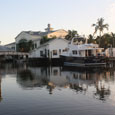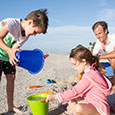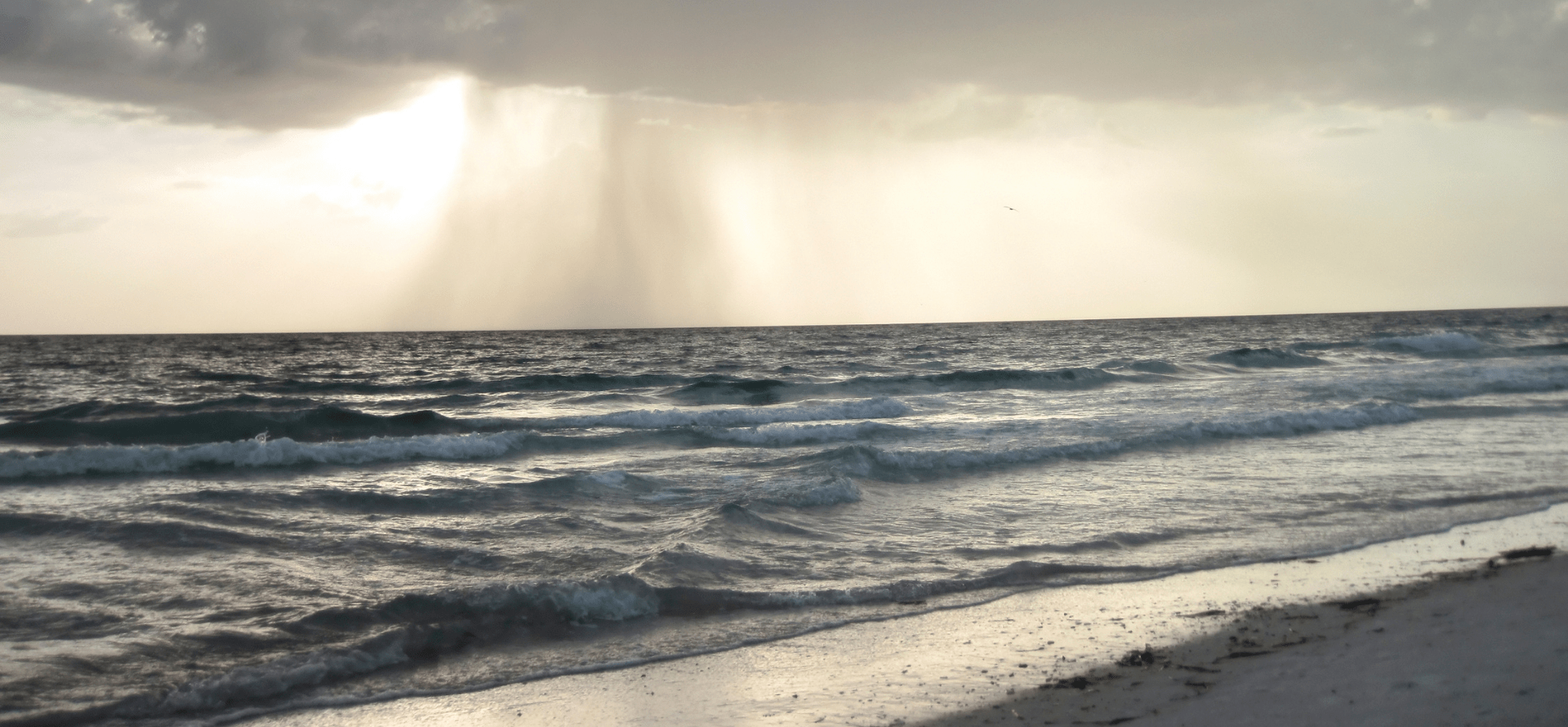
Posted by
Climate experts and meteorologists predict active storm seasons in 2022 and beyond. Boat owners need to be particularly cautious with their vessels when stormy weather strikes. Common sense storm preparation tips for boats will help you and your vessel stay safe all season long.
This list of 10 need-to-know storm preparation tips for boats will help ensure you and your vessel are ready for common Florida weather phenomena like hurricane-force winds, tropical storms, storm surges, and more. From hauling your boat out of the water to improving mooring and securing items if you can’t, taking these steps to protect your boat will bring peace of mind.
How Do You Prepare a Boat for a Storm?
The summer season brings long, fun-filled days to the waters around Southwest Florida. But unfortunately, summer also often comes with stormy weather. Hurricane season in Florida runs from June 1 to November 30 every year. This means the risk of tropical weather increases and storms are more likely in summer and fall.
This means you need to know how to prepare your boat for a storm. Following the right storm preparation tips will minimize damage to your boat and its contents during bad weather.
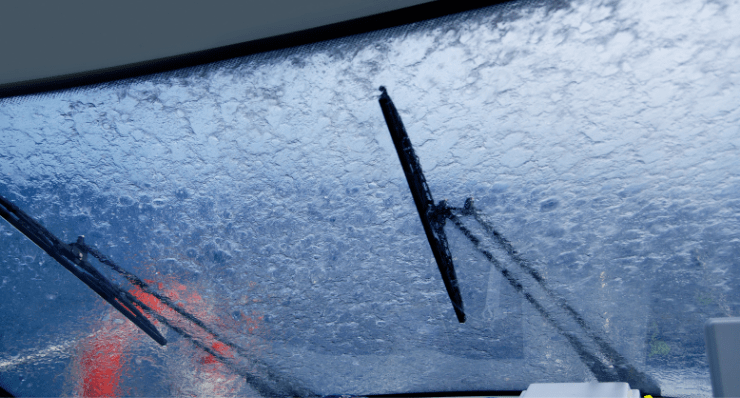
Here are 5 ways you can prepare your boat for a storm.
1. Start Before the Storm
There’s some good news about hurricane season in Florida. In most cases, weather experts and meteorologists can predict storms and tropical weather before they strike. It is a good idea to start prepping your boat for bad weather well in advance of the storm to ensure you have time to get everything in order.
2. Monitor the Forecast
Hurricane and tropical storm forecasts change quickly. This is why it is essential to monitor the forecast and stay on top of weather reports. You’ll be aware of new information as it becomes available and you can better protect your boat based on changing forecasts.
3. Check Your Insurance Coverage
Another important storm preparation tip for boats is to make sure you’re aware of the details of your insurance policy. You’ll need to know what is covered in case of storm damage or loss. Keep copies of your insurance documents in a dry, safe place.
You also might find that some insurance policies cover all or some of the costs of hauling your boat from the marina prior to bad weather reaching the area. Removing your boat from the marina can protect both your vessel and the marina from damage during a storm.
4. Move Your Boat if You Can
Even if your insurance policy doesn’t cover hauling your boat inland from the marina, it’s best to get your vessel out of the water and on higher ground. Dry boat storage can be a good idea. Monitor the weather report for expected storm surges and make sure that your boat is far enough from the water that it is safe from quickly rising tides.
While you’re at it, remove all electronics from your boat and open the drain plug when the boat is safely on dry land.
5. Inventory All Items
Make sure you have an up-to-date list of all items on board your boat. This can help make sure that all of your possessions are documented in case of a loss. Knowing this information will help if you need to file an insurance claim after damage.
Taking these common-sense steps to prepare your boat for a storm can ensure that your vessel stays safe in case of bad weather.
What Should I Do with My Boat During a Hurricane?
The best thing you can do for your boat during a hurricane is remove it from the marina and make sure it gets to high ground away from the water.
However, what if you can’t remove your boat from the marina? What should you do with your boat during a hurricane if it has to stay in the water? Here are 5 ways to keep your boat safe in the water during a hurricane.
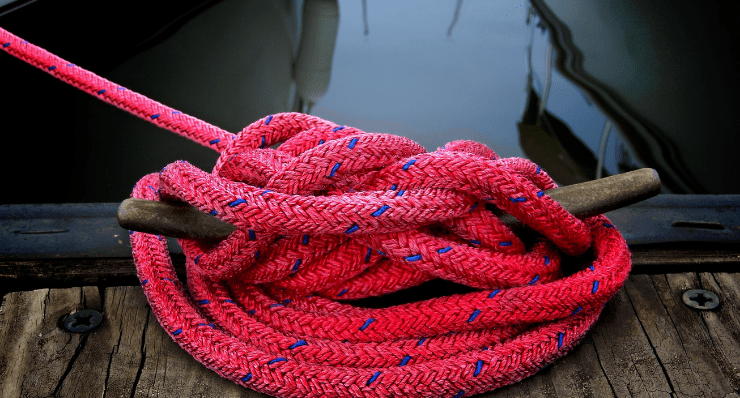
1. Moor In a Safe Place
There are a few ways to protect your boat if you must moor during a hurricane. The first thing to consider is where you can moor your boat. You’ll want to moor your boat in an area that will experience minimal waves during the storm.
If you can, consider mooring your boat in a canal. Mooring your boat in a canal means it can be secured from both sides and lessen the risk of damage. Remember that winds might come from all directions during a hurricane, so be careful to secure your boat from multiple angles.
2. Beef Up Your Mooring
In addition to mooring your boat in a safe place, you’ll likely want to strengthen or beef up your mooring. Most moorings can withstand rainstorms and even some tropical storms, but hurricanes require additional strength.
Consider using a stronger anchor during a hurricane. Helix anchors are known to hold multiple times their weight and might be the strongest option on the market today.
3. Use Long Lines
You’ll need to take a few extra steps if you’re mooring your boat to a fixed anchor (like a helix anchor) or dock during a hurricane. One important extra step is using long lines to provide room for the water level to ride and your boat to float up. Lines that are too short could break or even potentially pull up pilings.
While you’re at it, tie your boat so the bow is facing the expected wind direction, even if it is different from how you normally tie up your boat.
4. Replace Old Lines
The lines you use when tying up your boat for a hurricane need to be as strong as possible. This is why replacing old lines with new ones is a smart idea. Lines can break down or deteriorate with use. New lines, especially larger lines designed to withstand storms, can help keep your boat secure.
5. Batten Down the Hatches
You’ll also want to remove anything that could get caught in the wind when mooring your boat for a hurricane. You can reduce windage and batten down by removing all canvas from your boat.
Dodgers, biminis, furling genoas, and other canvas items should be removed and safely stored. Even if the storm won’t damage your boat, debris caught in the high wind could damage your canvas.
What Should a Boater do in Bad Weather?
What if you’re enjoying a day on the water and bad weather strikes? This can happen in Florida, especially during the summer when pop-up storms are possible.
What should a boater do in bad weather? Knowing what to do in a storm is part of being a responsible boat owner. The first priority should be keeping the family safe and others on the boat out of harm’s way. One common-sense safety tip is to ensure that everyone, even the strongest of swimmers, put on their lifejacket as soon as bad weather hits and the water gets rough.
In addition to putting on life jackets, all boat passengers should get as low and as close to the boat’s centerline as possible. Stay away from windows and doors. Turn on your storm radio and listen for emergency alerts or other information from emergency management. Keep a cell phone handy in case you need to call for additional help.
If you’re captaining or driving a boat when bad weather strikes, remember to slow down and watch out for debris in the water. Secure all the hatches and remove anything that could get caught in high winds.
Bad weather can strike at any time during Florida’s unpredictable summer weather. Remember the boating laws you learned before taking a seat in the captain’s chair and help ensure safety for all on board.
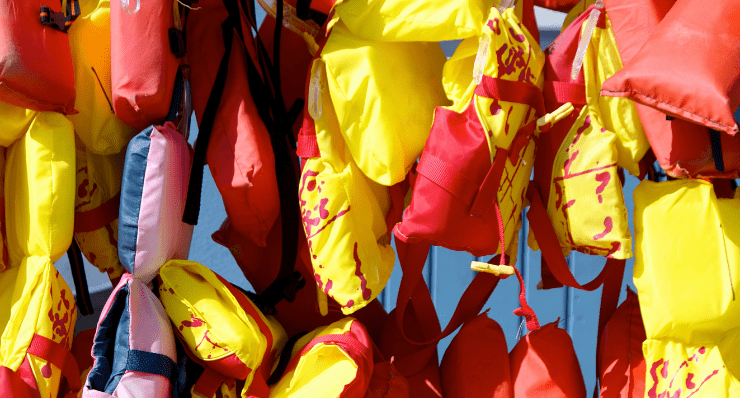
Boat Safe and Smart with Port Sanibel Marina
Port Sanibel Marina makes it easy to boat safe and smart. We carefully monitor the weather at all times to ensure safety for boats and vessels in our wet slips, dry storage, and other facilities.
In addition to being dedicated to safety, Royal Shell Port Sanibel Marina is also dedicated to fun. The marina offers all the amenities you need for a fun day on or near the water, from waterfront dining to Fun in the Sun Boat Rentals. You’ll love cruising through the Gulf and Intercoastal Waterway in our Coast Guard-equipped rental fleet.
If something more laid back is more your style, slow down can savor crystal clear waters from a kayak, canoe, or even a paddleboard rented right on sight. There’s truly something for everyone at Port Sanibel Marina. Contact us now for more information.



